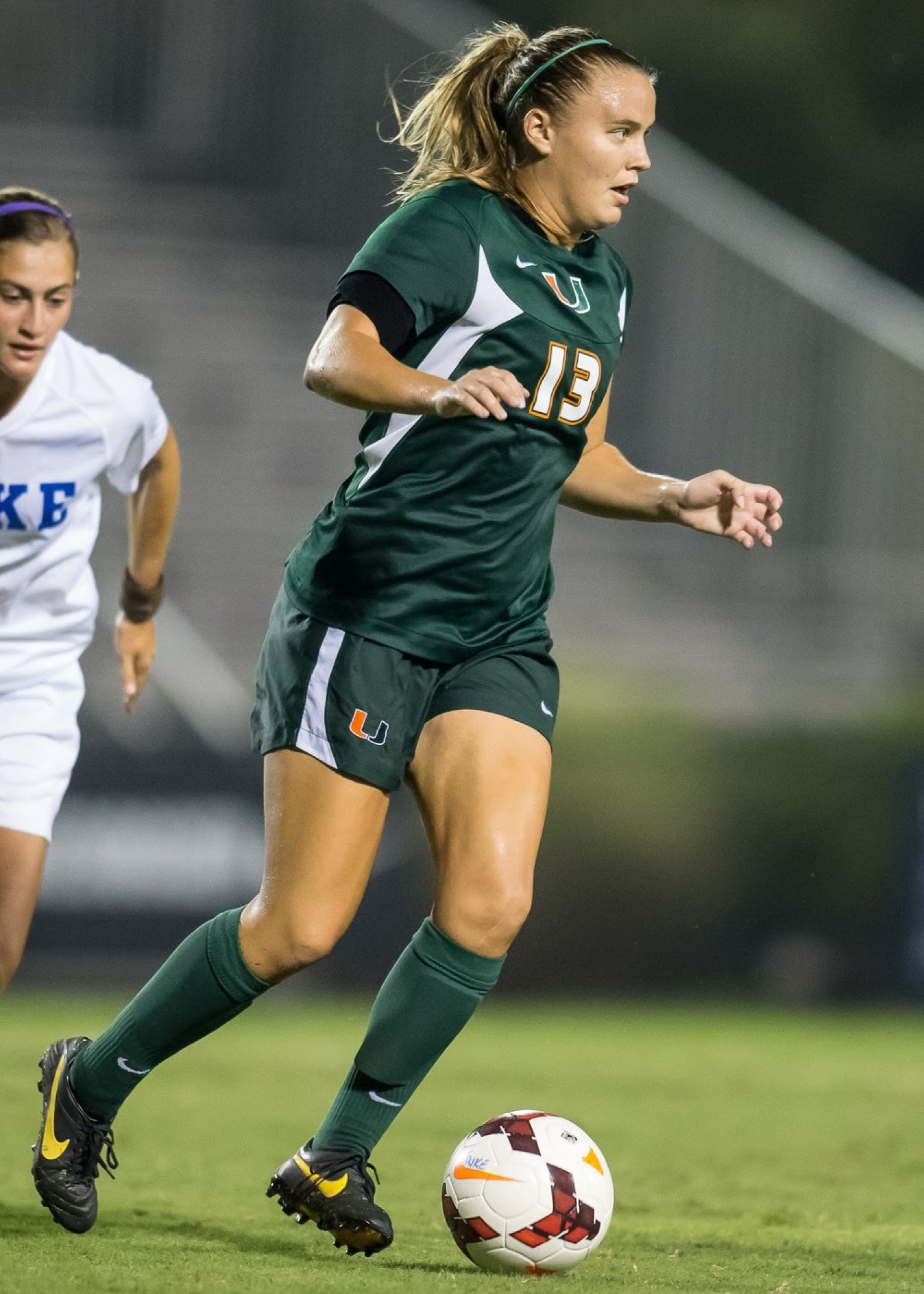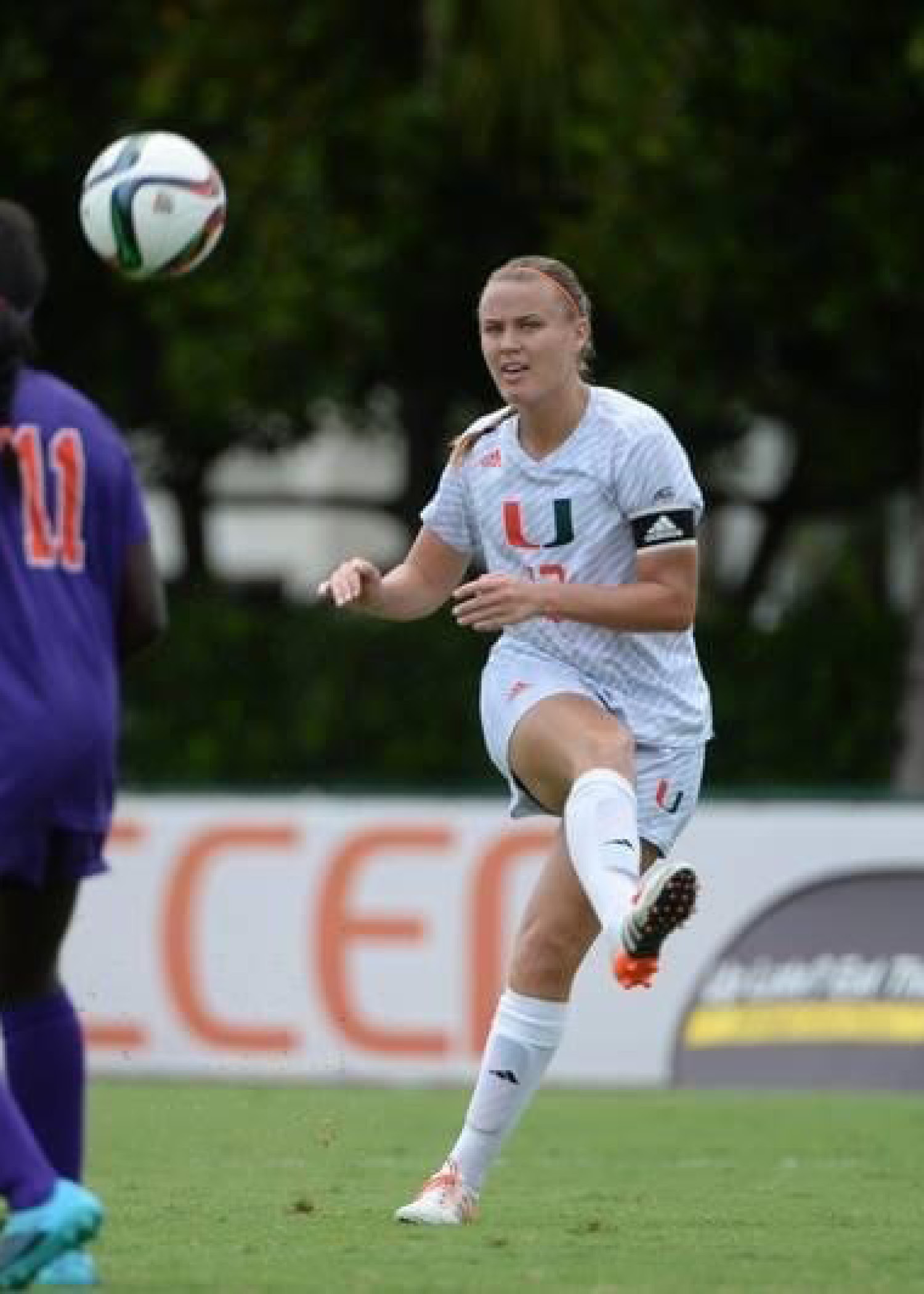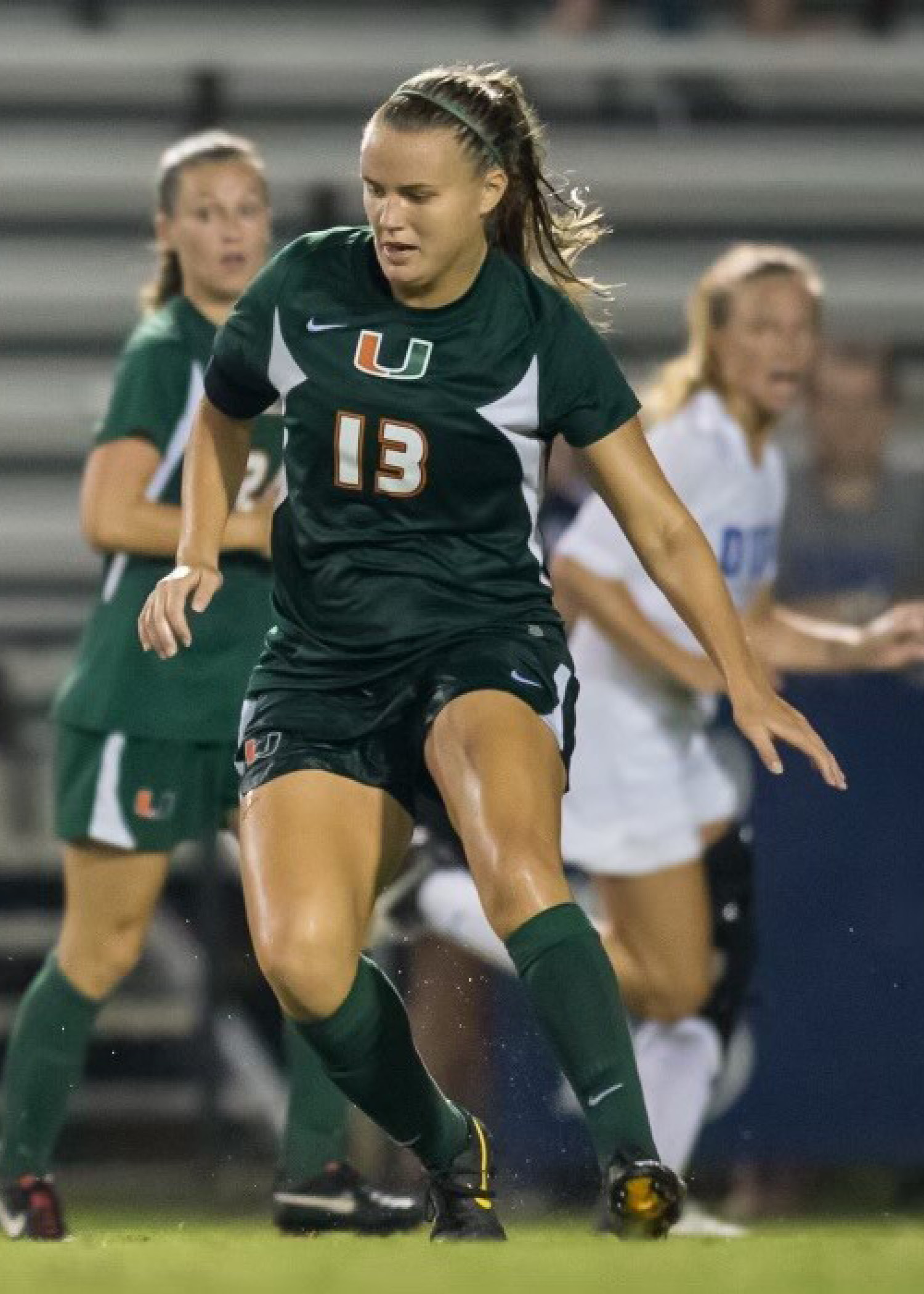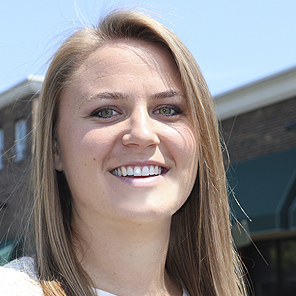With Team USA playing in their second group stage match of the World Cup today, the EXCEL team is continuing to share our soccer stories.
While we typically associate soccer with ankle and knee injuries, there can be injury to the upper extremities as well. In this blog, Hoboken physical therapist, Erin Ubriaco, PT, DPT, is discussing her experience with a shoulder injury while continuing to participate in soccer.
Erin underwent several shoulder surgeries but eventually was able to go on to play at the Division I college level. She shares her soccer story with us, and how she went from EXCEL patient to EXCEL physical therapist.
My shoulder injury started when I was playing basketball in 8th grade. It was during a game and my shoulder just popped out. Following that initial game, my shoulder would dislocated intermittently during both basketball and soccer games. Initially I was prescribed physical therapy, but with my active lifestyle and wanting to pursue sports at the next level, we decided I needed surgery to improve the stability of my joint.
Shoulder injuries in soccer athletes are not as commonly seen as their lower extremity counter parts. Injuries to the upper extremity account for about 25% of all soccer injuries and are typically found with goalkeepers, rather than position players. Shoulder dislocations are usually the result of a high energy collision, like colliding with another player or the ground. But in some cases, shoulder dislocations can occur because of underlying instability. In my case, I was born with loose ligaments in all my joints which made me more susceptible to dislocations and subluxations (partial dislocations).
I was diagnosed with a labrum tear with a ligament sprain of the glenohumeral joint. The shoulder joint itself is composed of the glenoid fossa (a shallow “socket” in the scapula) and the head of the humerus (the “ball”). The labrum is a ring of cartilage that sits around the rim of the glenoid fossa and acts as the attachment site for the shoulder ligaments. Both the labrum and shoulder ligaments provide stability to joint so when there is an injury to these structures, the glenohumeral joint is compromised.
Physical therapy can help treat labrum injuries and reduce the risk of dislocations by strengthening the scapular stabilizer muscles and rotator cuff muscles surrounding the shoulder joint to make up for the compromised shoulder stability. However, in some cases, depending on how severe the tear is, surgery must be performed to restore functionality to the joint.
Although soccer is typically thought of as a lower body sport, having a shoulder injury could impact the physical aspect of the game, like going in for tackles or using your body to hold off a defender to keep the ball. If there is shoulder weakness or instability, it could affect successfully maintaining possession of the ball. Soccer is very much a contact sport with frequent falls to the ground. This is a risk for re-injury for someone with a history of shoulder dislocations. For me, the best option was to get surgery.
I underwent my first shoulder surgery my freshman year of high school. I had a labral repair and capsular shift. The torn labrum was attached back to the glenoid fossa with anchors and the overstretched capsule and ligaments were tightened down. For the first six weeks following surgery I was in an abduction sling and was limited to focusing on restoring range of motion. Once I was out of the sling, the focus became gaining my full strength of the scapular stabilizers and rotator cuff muscles to protect the repair and provide additional stability to the joint.
Overall, physical therapy got me back out on the field after each surgery. Because of my loose joints, I had to get subsequent surgeries my sophomore and senior years of high school. I did my PT with EXCEL and could not have been happier with the process! If it wasn’t for the hard work of all my physical therapists, I would not have been able to pursue soccer at the collegiate level. Not only did it get me back out on the field, but it ultimately led me to my profession as a PT. I am so happy to be helping people the way I was helped in the past!



Erin (McGovern) Ubriaco earned her B.S. Ed. in Exercise Physiology and her Doctorate of Physical Therapy from the University of Miami. During her time at the U, Erin was a member of the women’s varsity soccer team, starting all four years in the highly competitive Atlantic Coast Conference. She was named captain of the team for her final season. Learn more about Erin.

